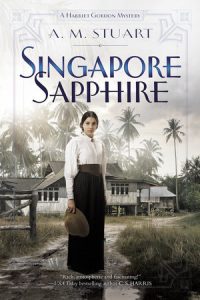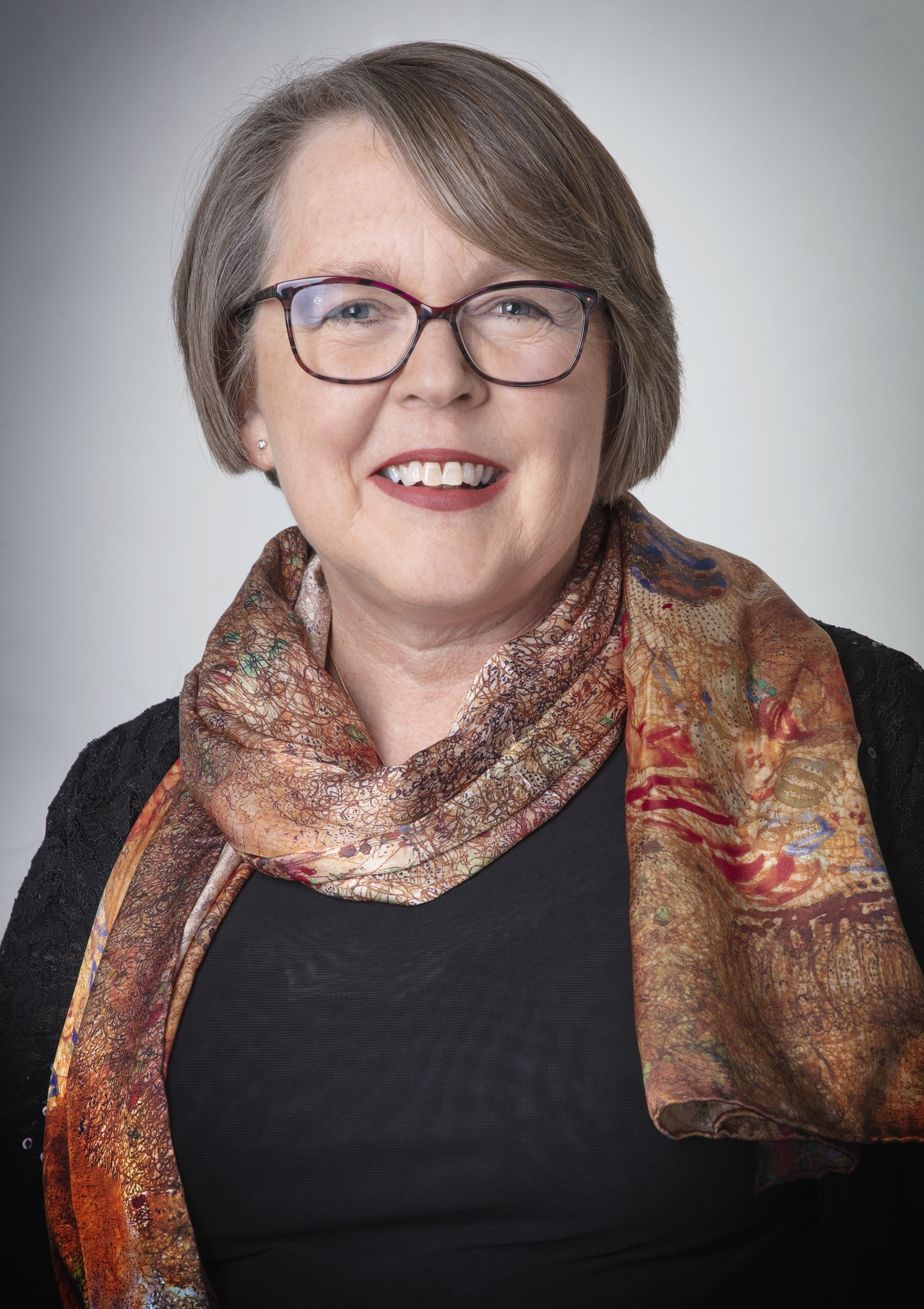Melbourne author A. M. Stuart spoke to Robyn Walton, Sisters in Crime Australia’s Vice-President, about her Harriet Gordon mystery series and the sources of her inspiration.
Hi, A. M., and congratulations on your new historical crime series, published by Berkley Prime Crime, an imprint of Penguin Random House in New York. Some readers will already know you as Alison Stuart. Can you tell us about your earlier books?
Thank you so much for the invitation. I have been writing historicals with romance for some years now, with books set from the English Civil War to World War One.
More recently I have been writing an Australian-set series in the fictional goldmining town of Maiden’s Creek. The Postmistress and The Goldminer’s Sister cross over into mystery territory. They are available most places good books are sold around the country. Likewise, several of my earlier books have involved mysteries and I am a huge reader of historical mysteries, so the time seemed right to try my hand at writing a full-blown historical mystery myself.
 The first two novels in your Harriet Gordon series are Singapore Sapphire (2019) and Revenge in Rubies (2020). Can they be read as standalones?
The first two novels in your Harriet Gordon series are Singapore Sapphire (2019) and Revenge in Rubies (2020). Can they be read as standalones?
I am writing the books as a series with a series arc which will reveal itself as the series progresses, but each book contains a discrete mystery to solve. The books can be read as standalones but, if possible, I recommend reading them in order.
I’ve read that Evil in Emeralds will be your next title. Where did the idea of gemstone titles comes from?
My publisher. Because the first book was called Singapore Sapphire, they liked the idea of continuing the gemstone theme. Revenge in Rubies was intended to be titled The Colonel’s Lady, but Penguin had other ideas.
And the idea of setting the series in Singapore before the First World War?
This was quite deliberate. Very few books are set in Singapore in this period – basically because nothing happened! It was still the glory days of the Empire but with the rumblings of changes to come. I wanted to give myself the option of sliding into the First World War (if the series goes that long). It also gives me an opportunity to build a world of colonial Singapore which is hard to see under the ultra-modern, go-ahead city!
Your protagonist, Harriet Gordon: could you say a little about her and her backstory?
Firstly I ‘met’ Harriet in the microfiche room of the National Library in Singapore, where I found an advertisement in a 1905 edition of the Straits Times for a shorthand typist. It was the words Absolute Secrecy and Confidentiality that caught my eye.
Harriet Gordon is the widow of a doctor. She lived in India for many years but, when her husband and child died, she returned to England, where she became embroiled in the suffragette cause. After her experiences in Holloway prison, she took up her brother’s offer to come to Singapore as the (unpaid) administrative assistant at his school. She advertises her services as a shorthand typist as a means to earn a little income of her own.
You can read Harriet’s backstory in a short story, “The Umbrella”, which is free to all my newsletter subscribers.
And your most important continuing male character is Robert Curran?
The black sheep of an aristocratic family, Curran joined the Mounted Military Police and served in South Africa. He joined the Met on returning to England and accepted a role in the Straits Settlements Police, serving first in Penang and now in Singapore, where he is the head of the Detective Branch. (There really was a Detective Branch of the Straits Settlements Police, but Curran’s team is completely fictional).
How much rapport is there between Harriet and Robert? Any chance of a romance later in the series?
I am often asked that question. Bear in mind my background is in writing romance so you can draw your own conclusions as to where this is heading, although readers seem to be divided as to whether romance should blossom from book 1 or be drawn out.
I don’t know about you, but I love a series with a long URST [UnResolved Sexual Tension]. Nothing kills a partnership quicker than the protagonists jumping into bed! Let’s just say both Harriet and Curran have other distractions to deal with before they earn any possible HEA [Happily Ever After].
At the start of Singapore Sapphire, the bodies of Sir Oswald Newbold and his house-servant are discovered. Can you say a bit about the police investigation and Harriet’s connection with it?
It is most unfortunate that Harriet discovers her first client dead with a knife in his throat. After her experiences of the police force in London, she is a less than enthusiastic witness for Curran to deal with. But her own natural curiosity and the plight of a missing boy see her drawn into an investigation that involves stolen gems, kidnapping and murder.
This case brings Harriet into contact with the expatriate Dutch community, and there are references to the VOC, that vast trading enterprise. Do you do a lot of historical research?
I am a historian by trade and historical accuracy is important to me. I have had the advantage of living in Singapore so was able to assimilate much of the feel and history of the area. The VOC played a huge role in South East Asia in its day and there are traces in places such as Malacca and Penang.
The plot of Revenge in Rubies centres on the local Barracks and an adjacent property where the Colonel’s young wife is found murdered. I understand you have army experience and links back to the British army presence in South East Asia?
I spent twenty years as an officer in the Australian Army Reserve, so I wrote Revenge in Rubies from a place of great familiarity. However, in my heart I was drawing on my father’s experience as an officer in the British Army, a career which included several years posted to Singapore and ‘Malaya’ (as it was then). My brother and I would joke that wherever Dad was posted, the British Empire declined and fell. My fictional Blenheim Barracks is based on the still extant Tanglin Barracks.
Are there any other aspects of the Harriet Gordon series you’d like to draw readers’ attention to?
The sad thing (for me) is that as the series is published in America it’s not on general distribution to bookshops here (although I live in hope). A few Melbourne bookstores (like Jeffreys in Malvern and Dymocks in the CBD) carry it. Others have it available to order through their online stores. And your own bookseller can order it in for you. I also sell autographed copies. I do recommend the audio books, and both books are also available as e-books.
Final question: that kitten you add to Harriet’s household – a continuing character?
Do you like Shashti? I am a cat person and I think animals humanise the characters. In my series bible the animals get their own character profiles… so yes, Shashti is definitely part of the St. Tom’s household, as is Carrots the trap pony and Curran’s horse, Leopold (Curran dislikes motor vehicles).
If you would like to learn more about the world of Harriet Gordon, do check out my website, Facebook, Pinterest or Instagram and you are welcome to subscribe to my newsletter.
